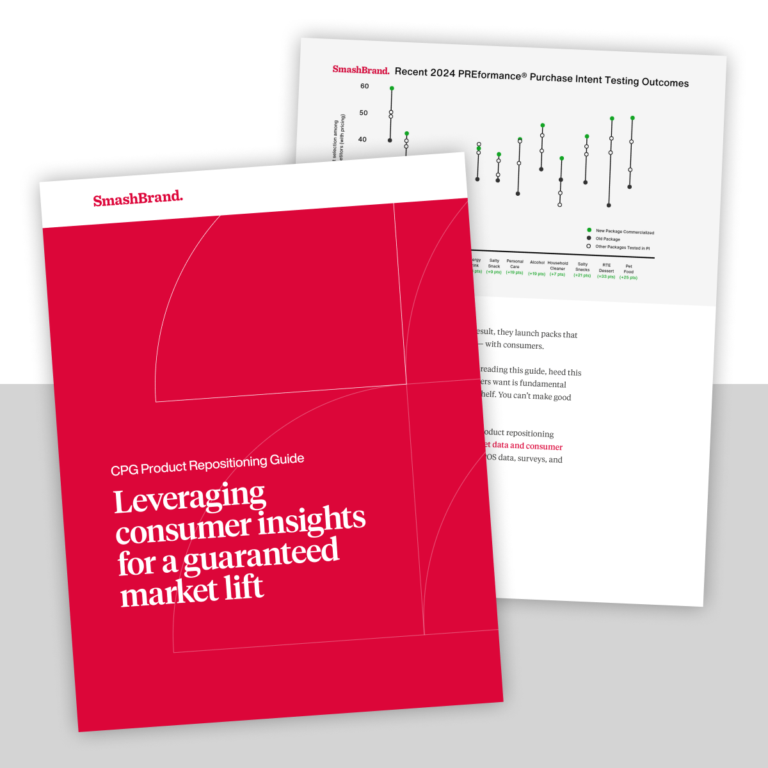Do you want to construct a dam at the mouth of your revenue stream? Do you want your product to remain anonymous, unloved and possibly ridiculed?
Try as we might, our feverish attempts to enliven your labeling strategies have come to nothing. Why must you be so hard-headed? We just want to cry.
Labels are introductions to the product. They must convey the varied reasons a person would benefit from using and, ideally, paying for your product. You want it to pop! You want it to be distinct from the thousands of other products that are identical to yours! You want it to become an iconic symbol of our generation! Well, here are four additional labeling categories from one of the top product packaging design agencies.
Label Finish
Label finish is generally either matte or glossy, although rich mahogany might make an appearance sometime in our near future. Choosing the finish of your label is surprisingly important; it can determine whether or not the words and the logo are easily readable. Since being able to actually read the label is something that most customers value, this decision should be weighed carefully.
Most of the time, label finish isn’t necessarily a great contributor to a label’s prosaic quality, but it is a significant factor in a label’s overall effectiveness. Of course, no one could reasonably call your label dull if you can figure out how to get a finish that radiates multiple shafts of light featuring every color of the spectrum.
Label Size
It surprises us that we haven’t touched on label size before, since it’s such a key element, but nevertheless, despite what certain racy women’s magazines might have told you, size does matter.
If your product is a bottle, canister or some other type of round object, you can choose between a wrap around label or separate label panels. Wine bottles, for example, generally use separate front and back label panels, while one typically sees wrap around labels on water bottles. Ensure that the necessary information is enclosed neatly upon whichever label you choose; cramming too much detail on a single panel can be quite unsightly, but practically nude labels run the risk of looking amateurish and awkward.
Label Themes
If your product comes in different flavors, textures or types of celebrity endorsements, you’ll want to distinguish each type, no matter how subtle. Using different label colors is the traditional method of individuating product features, but different label shapes or badges are also used. One thing that must be avoided is making each label so distinct that brand unity is compromised.
Label Contact Information
Contact information can be exciting, particularly if a competitor’s phone number is provided under the “Complaints” section.
Just kidding, obviously. But contact information, while not something that is traditionally used in a dazzling marketing strategy, could nonetheless be something that encourages your base to become an active part of your brand. Perhaps your contact info could encourage customers to tweet something about your product. Maybe they could leave interesting and/or amusing messages about their experiences with your product to be used in future marketing campaigns. You could try using a QR code that resembles a Rorschach test. The possibilities are endless.
So, what have we learned today? We learned that, despite our best efforts, your label is still boring. (What more can we do, for heaven’s sake?) We learned that using a label finish that gives the viewer the same enraptured experience as the Pulp Fiction characters who looked inside Marcellus Wallace’s briefcase is generally a good idea. We learned that unless your customers enjoy surprises (they don’t), it’s best to distinguish the different flavors of your product line with some kind of easily recognizable visual cue. Lastly, we learned that the contact information section is a rich and fecund field of possibility that can lead your customers to contribute helpfully to your marketing strategies, or merely provide you with a series of vicious tweets you’ll have to scramble to delete before you get sued. Either way … exciting, right?
Data-Driven Brand Development
Want a best-selling brand? SmashBrand is a brand development agency for FMCG and CPG companies. From brand strategy to packaging design testing, our Path To Performance™ process guarantees a retail performance lift. Book a time to discuss your project with our team.
Subscribe to
Nice Package.
A monthly newsletter that unpacks a critical topic in the FMCG & CPG industry.
Free Resource.

CPG product repositioning guide.
Explore the five undeniable signs your CPG product needs repositioning along with strategies for leveraging consumer insights for a guaranteed market lift.
Learn More About CPG product repositioning guide.